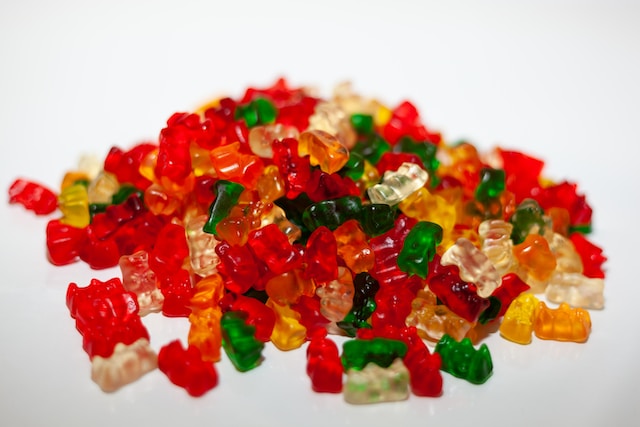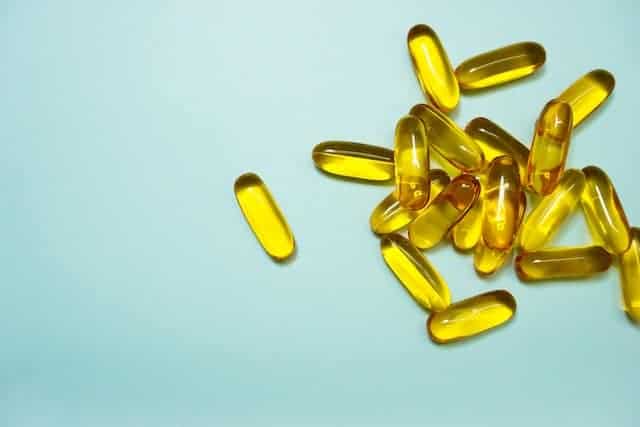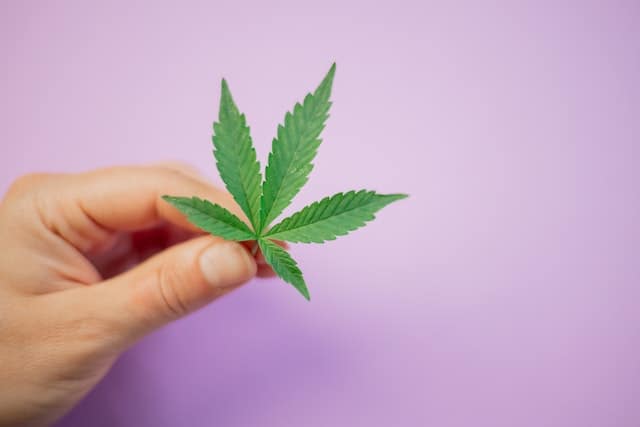Even if you’ve just begun researching CBD, you’ve probably run across these terms:
- Full-spectrum
- Broad-spectrum
- Isolate
It may not seem like these designations mean all that much. Heck, some customers may believe these labels are just “marketing gimmicks” similar to the phrase “all-natural.”
In reality, each term gives customers crucial data about their CBD experience. Taking the time to review the key differences between these products could help you choose the right CBD for your needs.
A Quick & Simple Guide To CBD Spectrums
Understanding the differences between CBD spectrums is surprisingly straightforward. As the following definitions illustrate, each product has a unique concentration of hemp cannabinoids.
Full-Spectrum CBD
Full-spectrum CBD oils are as close as you could get to the raw hemp plant. These CBD extracts contain the highest concentration of secondary hemp compounds, including cannabinoids like CBG, terpenes like myrcene, and plant antioxidants. Also, full-spectrum CBD products could legally have ≤ 0.3 percent delta-9 THC.
Since full-spectrum CBD oils have more additional compounds, the total CBD percentage tends to be less than other extracts. However, those who use full-spectrum CBD claim it has a more potent effect on their endocannabinoid system. People who support the “entourage effect” theory believe hemp molecules have a complementary relationship, which may enhance a full-spectrum extract’s effects.
Although there’s still debate over whether the “entourage effect” is real, there’s little doubt secondary cannabinoids and terpenes have unique physiological effects. Also, most people who swear by full-spectrum CBD take it specifically for the “entourage effect.”
Broad-Spectrum CBD
Broad-spectrum CBD is simply the THC-free version of full-spectrum CBD. Customers will experience all of the same secondary terpenes and cannabinoids in broad-spectrum CBD extracts, except there’s no risk of THC exposure. Manufacturers who make broad-spectrum CBD should always filter out delta-9 THC before selling it to the public.
We say “should” because many companies are guilty of mislabeling “full-spectrum” products as “broad-spectrum.” Unfortunately, since the CBD industry is still new, many companies don’t understand the significant difference between full-spectrum and broad-spectrum.
Customers who don’t want THC in their CBD shouldn’t rely on a “broad-spectrum” label to make a purchase. Always review a company’s third-party labs to verify the total THC exposure.
CBD Isolate
Pure CBD isolate is virtually 100 percent CBD. Unlike broad-spectrum and full-spectrum products, CBD isolate has zero traces of secondary hemp compounds. Instead, technicians who make this product put hemp through multiple rounds of purification till it has about 98 – 99 percent CBD content.
Unlike other hemp extracts, CBD isolate is sold in a powder or crystal form. While some manufacturers add flavors back into CBD isolate, this product is typically odorless and tasteless. Since CBD isolate doesn’t have a flavor, it’s the most popular choice in the CBD edibles industry.
Which CBD Spectrum Is The Best Choice?
Manufacturers created the three CBD spectrums to give customers plenty of options. Choosing the “better” CBD extract depends on your health goals and preferences.
As mentioned above, some people claim full-spectrum CBD has a more profound healing effect due to the “entourage effect.” However, people wary of using THC might not feel comfortable with full-spectrum products. If you’re extra sensitive to THC (or you’re afraid of an upcoming drug screening), then you should concentrate on broad-spectrum or isolate extracts.
Although CBD isolate is often associated with DIY edibles, it’s also one of the easiest CBD products to dose. True, you may not experience CBD’s max potency when taking CBD isolate, but many patients like how easy it is to determine their daily dosage. Since there are no secondary cannabinoids in CBD isolate, you don’t have to worry about competing influences when taking your supplement.
Again, there’s no easy way to choose between full-spectrum, broad-spectrum, and isolate. In truth, each of these products may be beneficial at different times and for various reasons. Be sure to review what you want out of your CBD experience before choosing one of these items.
Related: Click here to check out Real Tested CBD’s Product Guides.
Please Never Rely On A CBD’s Advertised Spectrum — Always Get A Third-Party Test!
In an ideal world, you could tell a CBD oil’s THC concentration by looking at its advertised claims. Unfortunately, there are many misguided labels in today’s CBD industry. For instance, many broad-spectrum CBD oils contain ≤ 0.3 percent THC.
You must get your hands on third-party lab results to see just how much THC is in your CBD tincture. If you’re confused about reading a CBD Certificate of Analysis, you must check out all the guides and reviews on Real Tested CBD. Our unbiased analysis makes it easy to find high-quality CBD that meets your goals.
Most Recent Tested products

















Leave a Comment